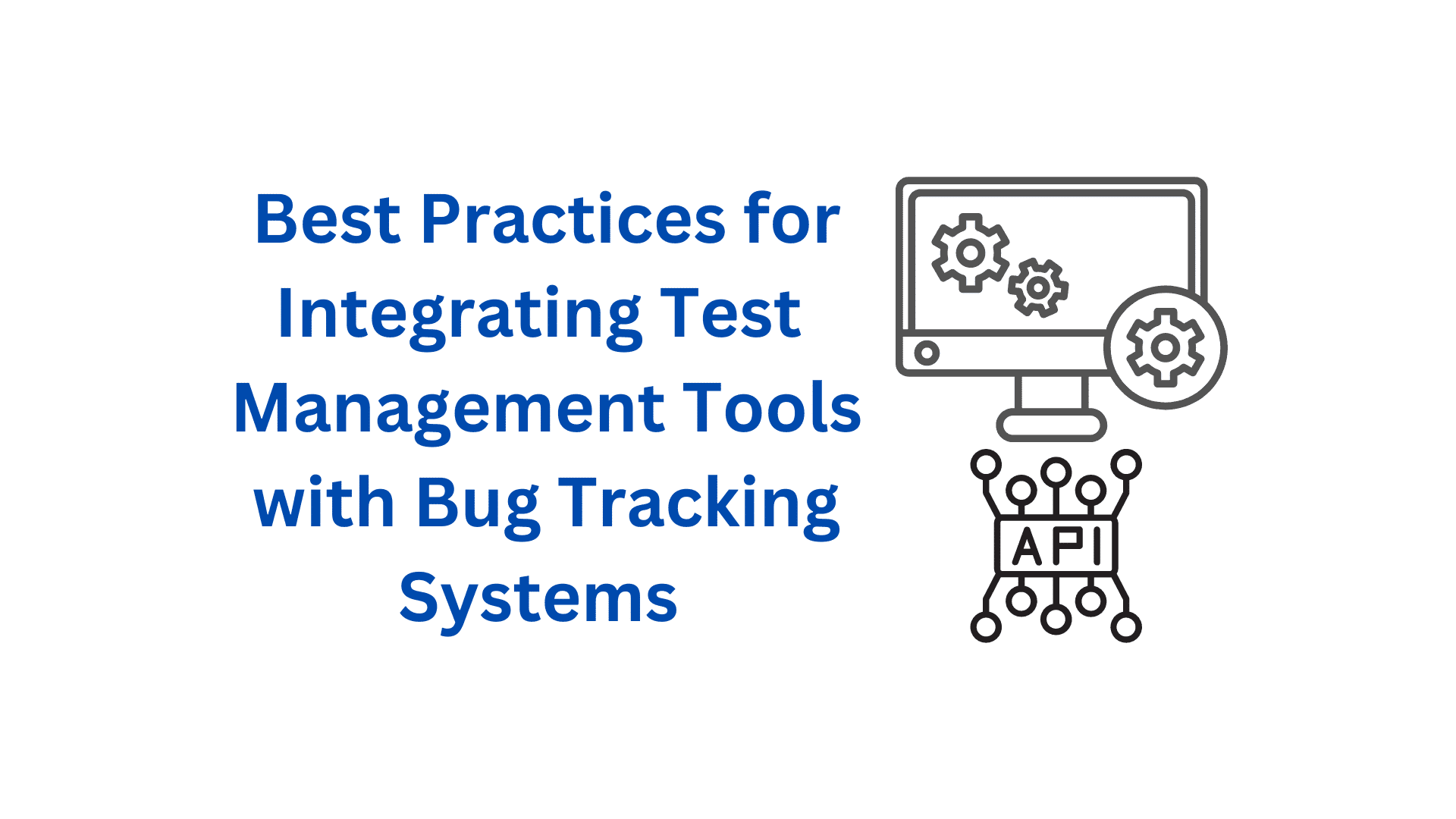Software testing is an important stage of software development, and it involves multiple tools and processes. Test management tools and bug tracking systems are two such essential tools used by teams to ensure the quality of their software. Test management tools help in creating, managing, and executing test cases, while bug tracking tools help in tracking and managing the bugs found during testing. Integration of these two tools is essential to streamline the testing process, track and manage the bugs found during testing, and ensure effective communication among team members. In this article, we will discuss the best practices for integrating test management tools with bug tracking systems to ensure efficient and effective testing.
Identify the Requirements
Before integrating test management and bug tracking tools, it is essential to identify the requirements of your project. This includes the type of testing required, the number of test cases, the number of team members involved in testing, and the expected frequency of testing. Identifying these requirements will help in selecting the appropriate test management tool and bug tracking system that meets the project’s needs.
Select Appropriate Tools
After identifying the requirements, the next step is to select the appropriate test management tool and bug tracking system. There are various tools in the market, and one should consider weighing the advantages and disadvantages before finalizing their preferred tool. To achieve seamless integration, the chosen tools must be compatible with one another.
Define Bug Tracking Workflow
Before integrating the tools, it is essential to define the bug tracking workflow. The workflow should define how bugs will be tracked, who will be responsible for fixing the bugs, and how the bugs will be verified. This will help in defining the process and ensuring that everyone involved in testing is on the same page.
Map Test Cases to Bug Reports
Mapping test cases to bug reports is essential for effective bug tracking. This involves linking the test case that identified the bug to the bug report in the bug tracking system. This will help in identifying the test cases that are failing and the bugs that need to be fixed. Most test management tools allow for easy mapping of test cases to bug reports.
Automate the Process
Automating the process of integrating test management and bug tracking tools can save a lot of time and effort. Most bug tracking systems and test management software include APIs that can be utilized to automate the integration process. This includes automating the creation of bug reports when a test case fails and automatically updating the status of the bug when it is fixed.
Define Roles and Permissions
Defining roles and permissions is essential to ensure that the right people have access to the right information. This includes defining roles for testers, developers, and project managers, and defining the permissions for each role. For example, testers may only have access to the test management tool, while developers may have access to both the test management tool and bug tracking system.
Monitor and Analyze Results
Monitoring and analyzing the results of the testing process is essential to identify areas for improvement. This includes analyzing the number of bugs found, the time taken to fix the bugs, and the overall progress of the testing process. Most test management tools and bug tracking systems provide reports and dashboards that can be used to monitor and analyze the results.
Integrating test management tools with bug tracking systems is essential for effective testing. The best practices for integrating these tools include identifying the requirements, selecting appropriate tools, defining the bug tracking workflow, mapping test cases to bug reports, automating the process, defining roles and permissions, and monitoring and analyzing the results. By following these best practices, teams can ensure efficient and effective testing, leading to better software quality and customer satisfaction.


























